
Tisotumab vedotin elicited a median OS of 11.5 months vs 9.5 months with chemotherapy in advanced cervical cancer in the phase 3 innovaTV 301 trial.

Your AI-Trained Oncology Knowledge Connection!


Tisotumab vedotin elicited a median OS of 11.5 months vs 9.5 months with chemotherapy in advanced cervical cancer in the phase 3 innovaTV 301 trial.

Collaboration among different medical and research institutions may help improve quality of care for patients with cancer exposed to climate disasters.

Patients with breast cancer who were treated with chemotherapy may have more pain, fatigue, and difficulty moving vs those who received endocrine therapy or did not have breast cancer.

Valerie Lee, MD, said that deciding where to implement immunotherapy into cancer treatment often depends on the type of disease.

A radiation oncologist discussed challenges related to the radiation oncology space as well as ongoing developments in the field highlighted at ACRO.

A stronger commitment to tobacco control at the local, state, and federal levels may further improve progress in preventing smoking-related mortality.

CAN-2409 plus valacyclovir or acyclovir elicited a median OS of 24.5 months in the overall population of patients who progressed after immune checkpoint inhibitor therapy.

Intravenous olvi-vec demonstrated a manageable safety and tolerability profile consistent with previous trials evaluating the investigational agent.

A radiation oncologist discussed the theranostics treatment landscape and career opportunities in the field at the 2025 ACRO Summit.

Findings from the OVARIO study show that patients with HRR–deficient and BRCA-mutated disease benefitted the most from niraparib/bevacizumab maintenance.
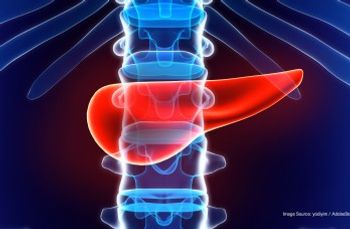
The blood test showed consistent, strong results in high-risk subgroups such as those with familial history, pancreatic cysts, or diabetes.

A cohort study found that pre-radical prostatectomy levels greater than 20 ng/mL were associated with increased all-cause mortality risk and prostate cancer-specific mortality risk.

The phase 3 ARTISTRY-7 trial has been halted and nemvaleukin is no longer being developed for the treatment of patients with platinum-resistant ovarian cancer.

A study assessed whether physicians would keep patients who received NSCLC surgery in the hospital longer as an improvisational strategy after wildfires.

Data from the phase 3 CABINET study support the approval of cabozantinib in patients with pancreatic and extra-pancreatic neuroendocrine tumors.

ACRO presentations may enable community practices to utilize cutting-edge radiation advances to deliver optimal treatment to patients.

In the phase 2 EMBRACE trial, ensartinib demonstrated an ORR of 53.3%, a DCR of 86.7%, and a tumor shrinkage rate of 33.3% in patients with METex14-positive NSCLC.
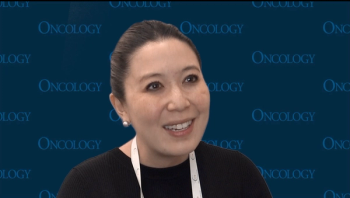
Antibody-drug conjugates like Rina-S may be able to salvage some of the responses that are often lost in the later lines of treatment, according to Elizabeth Lee, MD.

Modakafusp alfa induced the upregulation of the type 1 interferon gene signature score, and increased CD38 receptor density in CD-38–positive cells.
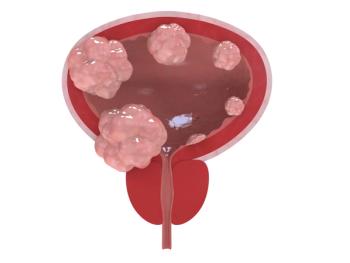
No grade 3 or higher treatment-related adverse effects or deaths were reported among those with non-muscle invasive bladder cancer in the BOND-003 trial.

Recipients of hematopoietic stem cell transplantation may benefit from psychosocial interventions and supportive care following their procedure.

Increased incidence and mortality rates for cervical cancer among rural women in the US may result from barriers to access to care.

“There is, potentially, a role for Rina-S or other novel ADCs targeting different epitopes on the cancer cell surface,” Elizabeth Lee, MD, stated.

In patients who were pretreated and treatment naïve with RET fusion-positive NSCLC, selpercatinib yielded an ORR of 61.5% and 82.6%, respectively.

Results from the RAINIER trial showed that mipletamig, venetoclax, and azacitidine achieved a complete remission rate of 90% in patients with AML.
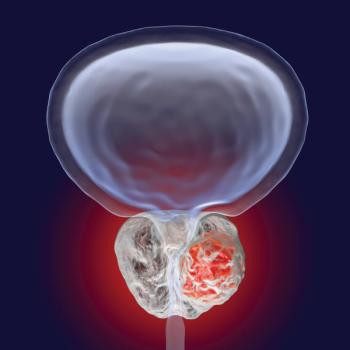
The adverse effect profile was similar among patients with prostate cancer using NeuroSAFE-assisted RARP vs standard RARP.

Clara Bodelon, PhD, MS, discussed her recently published study which found that the greatest physical health declines in patients who survived breast cancer stemmed from chemotherapy.
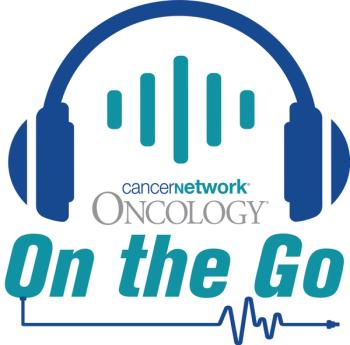
Experts from Washington University in St. Louis discuss prior data and strategies for mitigating toxicities like CRS associated with tarlatamab in SCLC.
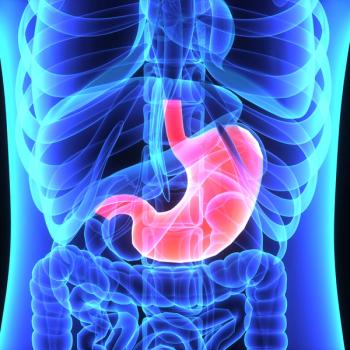
Nivolumab-based therapies showed improved efficacy vs chemotherapy in hypermutated and Epstein-Barr virus–positive gastroesophageal tumors.

Updated findings from the CENTAURUS study may support the use of daratumumab monotherapy in those with intermediate- or high-risk smoldering myeloma.